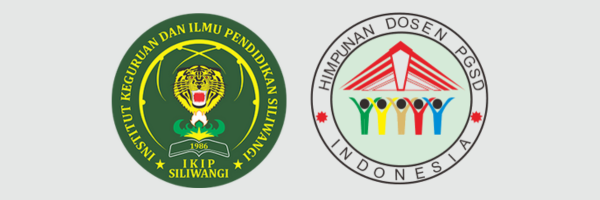Didactical Design of Mathematics Teaching Based on 3D Big Book for Numeracy Literacy Skill in Elementary School
DOI:
https://doi.org/10.22460/pej.v8i2.5176Abstrak
Numerical literacy is one of the skills needed by students. Referring to the low results of the AKM (minimum competency assessment), especially in the numeracy literacy component, it is necessary to develop numeracy literacy from an early age in schools. This numeracy literacy relates to students' skills in representing mathematical objects or situations, using problem-solving strategies, and reasoning and giving reasons. This study aimed to identify the learning obstacles faced by students in the development of numeracy literacy at the elementary school or madrasah ibtidaiyah, design a didactic design based on the learning obstacles found, implement the initial didactic design, and analyze the implementation process to produce a revised didactic design. This research was a Didactical Design Research (DDR). The participants in this study were 33 fourth-grade students. Data collection was carried out by tests, interviews, and observations. The results of the study show that the initial didactical design is developed in the form of several didactic situations packaged in the form of a 3D Big Book by paying attention to the level of thinking and the level of students' numeracy literacy skills as well as a guidebook for teachers which contains steps of didactic situations, predictions of student responses, and didactic anticipation. In the implementation of the initial didactic design, it is found that fourth-grade students have begun to be able to develop their numeracy literacy skills. The initial didactic design was revised by adding several steps or explanations to the didactic situation to help students according to their level of numeracy literacy.
Unduhan
Diterbitkan
Terbitan
Bagian
Lisensi

Artikel ini berlisensiCreative Commons Attribution-ShareAlike 4.0 International License.
The author is responsible for acquiring the permission(s) to reproduce any copyrighted figures, tables, data, or text that are being used in the submitted paper. Authors should note that text quotations of more than 250 words from a published or copyrighted work will require grant of permission from the original publisher to reprint. The written permission letter(s) must be submitted together with the manuscript.











